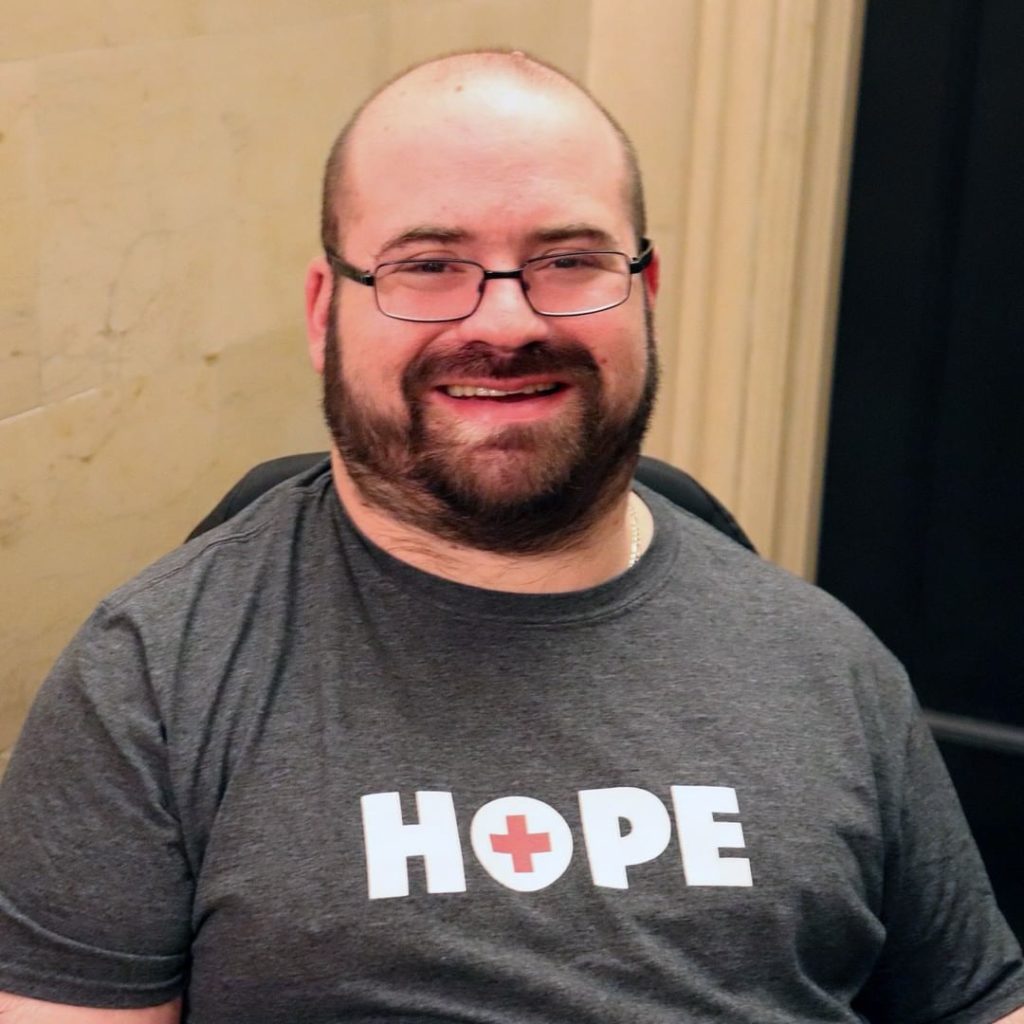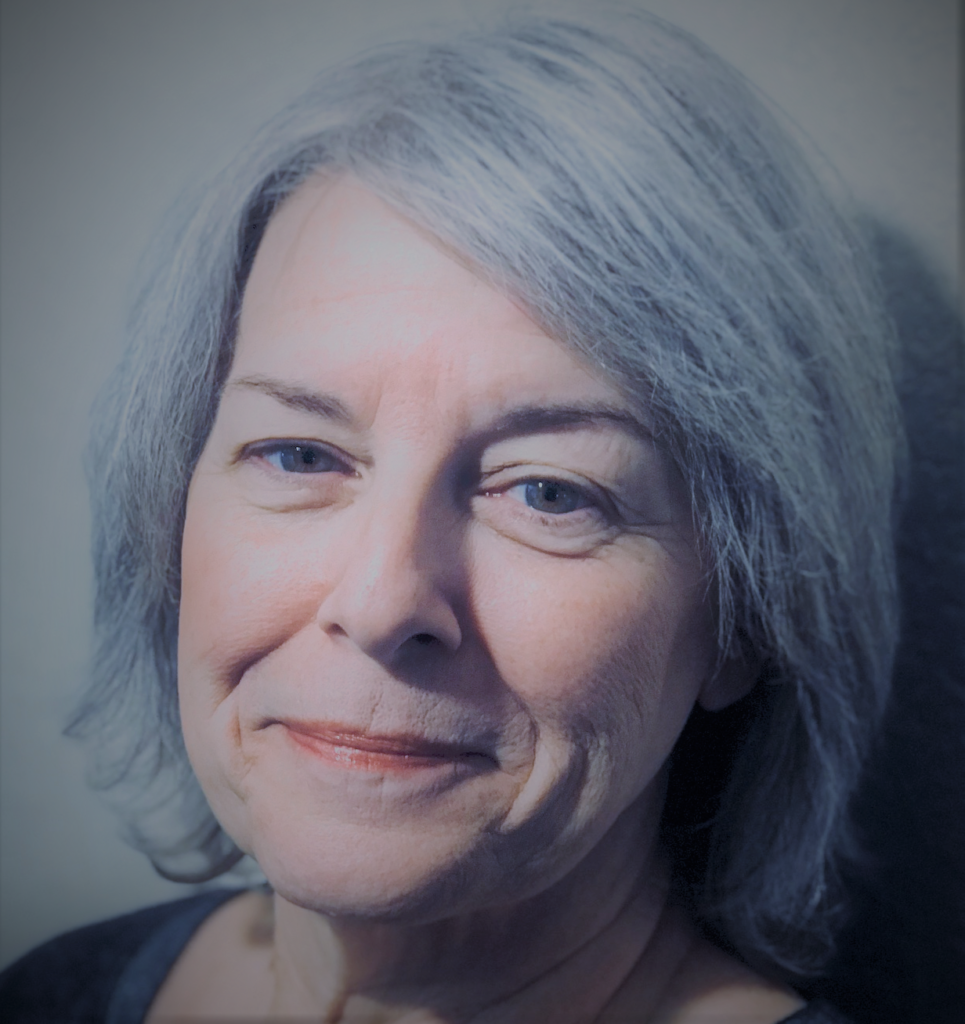
It was easy for Chris Higgins to say yes to the American Red Cross when they offered him his first job right out of college. He was burned out and still dealing with the death of his dad when he was 17 and felt a personal connection to the work. He came from a long line of public servants in the emergency services world: his father, grandfather and several uncles were New York City firefighters and police officers.
This was his way of being a good citizen and giving back to his community. 14 years later, he works part-time in the same role as an Emergency Communications Center Representative for the Greater New York Region.
When fire calls come in, “We deal with the coordination of getting help where it needs to be or getting [those affected] in touch with the right people to get them the resources and services they need,” explains Chris. “I like being the person on the other end of the phone that can say ‘We can get you some help.’”
But that is not his only way of helping people. His primary professional career is in social work and psychotherapy.
Chris knew since the age of 12 that he wanted to study psychology. He was born with cerebral palsy and has used a wheelchair his whole life. He saw counselors growing up and had generally positive experiences in therapy. Plus, “people talk to me,” Chris says. He had always expressed himself best verbally and he found that people naturally opened up to him and came to him for advice. So, he knew he’d be good at it.
Today, he is a social worker for a private group medical practice and works at YAI, an organization that provides services to people with developmental disabilities – all while maintaining his role at the Red Cross.
Chris’ perspective and experience are also invaluable to the Red Cross on a larger scale – lending his voice to advocate for better disability integration.
The reality is that public infrastructure and institutional systems are not designed or fully set up to accommodate people who use wheelchairs, let alone the myriad of visible and invisible disabilities that exist.
“There are considerations as a disabled person, and someone such as myself who is a wheelchair user, that if I did need to get out of town or find shelter [in an emergency] … there’s a whole other level of concerns I have that the average person may not,” says Chris. “I can’t prepare myself any better because I’m disabled. I need the system to be equipped to handle me.”
There are a host of accessibility issues and disability needs that are unique and specific to each person. So how can the Red Cross ensure that everyone is served equitably?

That’s where Shari Myers comes in. As the National Disability Integration Coordinator for the Red Cross, she is tasked with developing the disability integration program (DI) for Disaster Cycle Services – from creating standards and procedures on the national level to ensuring every shelter is addressing access and functional needs.
She and a collaborative group of talented leaders, including DI Division Advisors and Regional Program Leads, are building a cadre of DI volunteers. These subject matter experts will deploy to disaster response operations as early as possible to ensure facilities, programs, services and communications are accessible. If not, they’ll work to implement modifications to meet the requirements of the Americans with Disabilities Act.
“Another part of the program,” says Shari, “is making certain that everybody else in the Red Cross who is delivering services puts the same eyes on things that we do.” They train shelter workers to recognize access issues and either bring in needed equipment or find ways toward a solution. They modified questions on the shelter intake form to better identify what support each resident might need.
As part of its commitment to diversity, equity and inclusion, the Red Cross is also striving to make it easier to welcome and accommodate their workforce members with disabilities at every Red Cross office, service delivery site and event. Who better to help us than those who too often face insurmountable architectural and societal barriers?
“It’s all a matter of bringing people with disabilities and other access and functional needs to the table when we’re planning, responding and recovering,” says Shari. She started as a volunteer partner with the Red Cross in 2014 and later joined as an employee in 2016. She says she sees continuous improvement in inclusive disaster planning and response, innovation, and culture change, but admits there is much more to be done.
Chris advises that the best way to keep moving forward on disability awareness and integration is for able-bodied individuals to talk to the people with direct knowledge. Ask them what they need. Admit what you don’t know. And don’t refrain from asking questions for fear of being impolite.
“Engage directly with the person to find out what they need,” he says. “You’ll never understand [their experience] entirely, but you can come closer.” He also advises those who may need to advocate for themselves, “Be vocal. Get as comfortable as you can tell people exactly what you need.”
In short, as Shari put it, “a person with a disability is a person — period. They are the best ones to tell us what they need.”
To learn more about Red Cross resources and how to plan for emergencies for people with disabilities, click here.
